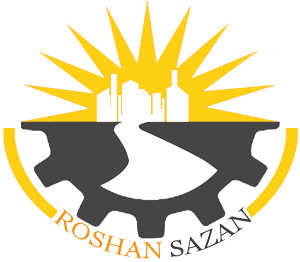Customer experience encompasses every aspect of a company’s offering—the quality of customer care, of course, but also advertising, packaging, product and service features, ease of use, and reliability. Yet few of the people responsible for those things have given sustained thought to how their separate decisions shape customer experience. To the extent they do think about it, they all have different ideas of what customer experience means, and no one more senior oversees everyone’s efforts.
Within product businesses, for example, product development defers to marketing when it comes to customer experience issues, and both usually focus on features and specifications. Operations concerns itself mainly with quality, timeliness, and cost. And customer service personnel tend to concentrate on the unfolding transaction but not its connection to those preceding or following it. Even then, much service is rote: Otherwise, why would service reps ask, as they so often do, “Is there anything else I can help you with?” when they haven’t even dealt with the original reason for the call or visit?
Although few companies have zeroed in on customer experience,we have been trying to measure customer satisfaction and have plenty of data as a result. Customer satisfaction is essentially the culmination of a series of customer experiences or, one could say, the net result of the good ones minus the bad ones. It occurs when the gap between customers’ expectations and their subsequent experiences has been closed. To understand how to achieve satisfaction, we have tried to deconstruct it into its component experiences. The customers themselves—that is, the full range and unvarnished reality of their prior experiences, and then the expectations, warm or harsh, those have conjured up—must be monitored and probed.
